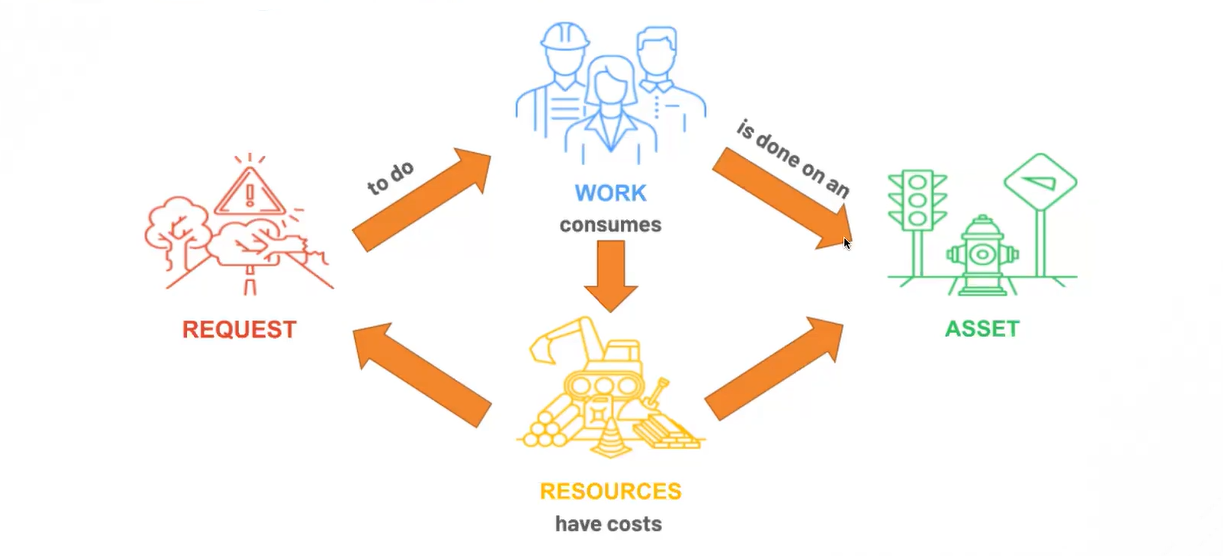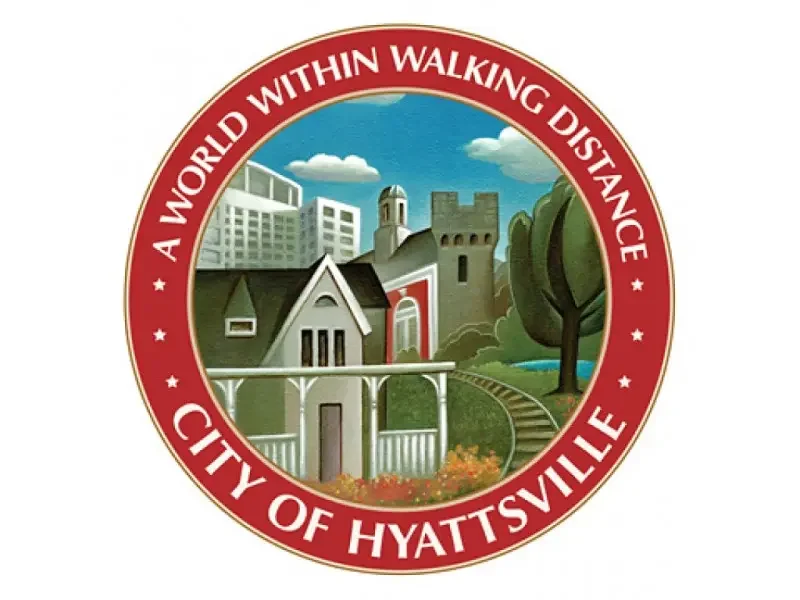Converse, TX Unifies Resident Service Request Processes with CRM Integration
Josh Mair has been using an asset management + CRM pairing since 2016, first at a previous municipality and now as the Director of Public Works with Converse, Texas, a city of more than 30,000 in the suburbs of San Antonio.
In a joint webinar between Comcate and OpenGov, Mair shared some of his experiences with utilizing CRM to streamline the resident work request process and the benefits he has seen.
The Challenge
In total, Converse has about 20 reportable issues that it uses its CRM to capture constituent submissions for, but “potholes are definitely one of the biggest concerns we get here,” Mair said.
Hot weather, fluctuating moisture conditions, and a high PI (plasticity index) clay soil lead to a high volume of potholes that keep Converse’s crew busy year-round.
More than managing the city’s volume of service calls, Mair was interested in a CRM to hold Public Works accountable, at both Converse and his previous municipality.
“In both instances, one of the biggest problems we were having was old work orders getting lost in the shuffle and no accountability with our residents or even within our own department – not knowing if something was reported, when it was reported, and how it was reported,” Mair said. “We have to hold ourselves accountable and make sure that we’re being good stewards of the tax dollars that people graciously give us.”
The Solution
Mair has utilized Cartegraph Asset Management OMS from OpenGov for asset management at both municipalities, but Comcate’s CRM software for tracking service calls was a new acquisition for Converse in 2024. (Mair previously had used a different engagement tool at his other municipality.)
With the integration between Cartegraph Asset Management and Comcate, data flows both ways between the two systems to create one unified approach to managing both constituent requests and public assets.
Constituents in the Converse community can submit issues via the city’s website using an intuitive form fill process. This public portal captures vital information like geo location and even pictures. Once the information is submitted, it flows into Comcate’s CRM and automatically triggers a response to let customers know their issue has been received and recorded. From there, the information flows into Cartegraph Asset Management and is translated into a work order that can be automatically assigned to different teams based on the information received in the original submission. As the crews work on the issue and close out the request, constituents are kept in the loop with automated responses during every step of the process.
Mair remarks that adding Comcate’s CRM to their existing asset management system was easy. “We were able to add Comcate, which is integrated into our asset management system, Cartegraph, seamlessly onto our website. It’s extremely affordable to actually get that link in there. We never lost service, and our residents probably never even knew that we changed it.”
The Results
With a CRM, Converse is able to collect a wealth of data and information that benefits the municipality in various ways, from expediting daily tasks to informing future decision making.
Improving Efficiency of Work Crews
Comcate’s public portal gathers additional information on issues, such as geolocation and images, that other channels may not inherently capture, which saves crews time on a daily basis.
“If we’re fortunate enough for the resident to include a picture, the crew that ultimately gets assigned already knows what material they need before they leave the shop to go to the location,” Mair said. “It saves a lot of time. If you just had a phone call that said a stop sign is down – is it the sign, the whole pole, do I need concrete? What kind of materials do I need when I get out there? Even if only half the people use the picture tool when reporting, think of the time and resources that will save you by knowing which materials to use.”
Sharing Information with Leadership
One of the biggest benefits of on-demand data is the ability to share that information with leadership.
“[One] thing the system has helped me out with tremendously in both of the cities I’ve implemented it in is sharing information with the elected officials and the general public,” Mair said. “Whereas before we would show them an Excel spreadsheet or come up with a close guess of how many calls for service we have open or what we’re spending most of our time doing, now we’re narrowing it down to exactly where we’re spending our time and how many resources I’m putting towards different calls for service.”
With built-in business intelligence reporting, Comcate’s CRM allows public works directors like Mair to turn service request data into charts, graphs and maps. In Mair’s experience, this wealth of data improves the ability of public works to not only share vital information, but earn support from leadership and even the public at times.
“If you’re talking to your city managers and elected officials or the general public, if you say ‘trust me,’ maybe you’re fortunate enough to where everyone just trusts you. It doesn’t work out for me that well. But if I have data, numbers, and charts to back me up when I say ‘Trust me; this is need, not a want,’ it always works out for the better.”
Future Planning
While data is certainly valuable in conversations with leadership, it is equally valuable internally. In addition to supporting requests for additional budget or resources, Mair has found the data collected in the past to be beneficial in evaluating the current situation to make informed decisions for the future.
“I think it’s important because now we can start asking and answering why. Why do I have more waterline breaks on this side of town? Why do I have more potholes in this neighborhood? Which developer built it, what were the design standards when we put it in there? You start getting heat map data and then you can start working on the administrative roles you need to do within the department or the city to help prevent that in the future. Maybe changing up some design criteria. That’s data you won’t get overnight, but once you implement something like this and you start getting a couple of years of data you can start making educated decisions for the future.”
Schedule a Meeting with Comcate Today!
Learn how Comcate can help make government delivery simple, and offer a modern digital experience to help you increase transparency, efficiency, and performance across your departments. If you have any questions about implementing our software, please fill out the form below or call us directly at (415) 632-1248.
RECENT BLOG POSTS





